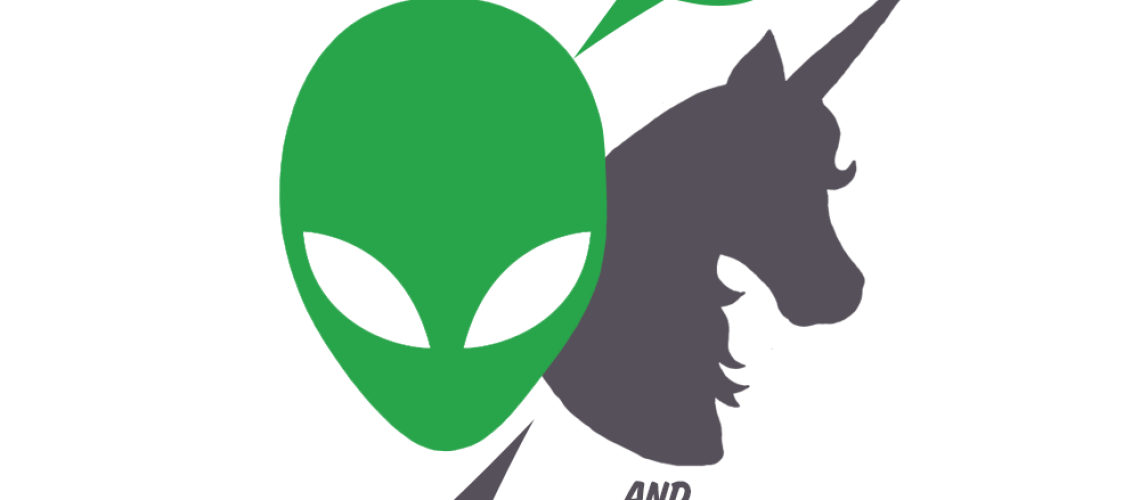Non-Binary Genders are gender identities that don’t fit within the accepted binary of male and female. People can feel they are both, neither, or some mixture thereof. It might be easier to view gender as a 1-dimensional spectrum with male on one end, female on the other, and androgyne in the middle, but the reality is that gender is more complex, and 3-dimensional models with axes for male, female, and how strongly you feel attached to that gender identity have been suggested.
Recently I’ve begun a little experiment: I’ve started asking various friends of various ages if they know what ‘non-binary’ means. Granted, I’m not kind enough to give them a hint with a qualifier: do you know what non-binary means in regards to gender? Hints are not part of the experimental parameters. Hints might be cheating.
Almost invariably if my test subject is Gen-X (which I am) or older, they stare blankly and mutter something about maths or computer programming. If, however, I tap into my younger data flow — I have a teenage child and a Tumblr account, thank you very much — the reply is usually a casual: “Sure. You mean like trans or agender or genderfluid? Obvious.”
I started this experiment about four months ago after listening to a mainstream radio talk show host (again, a person over 40) laughingly mock a list of non-binary gender terms. As a non-binary person myself, my first instinct was to throw a shoe at the radio. As a very private, non-binary Gen-Xer who spent the first 30 years of my life accepting body dysphoria as simply me, at the time with absolutely no explanatory terms to fall back upon, I left the radio intact and instead began to think.
Non-binary people are not a new, recently evolved branch of the species. (Spend some time exploring this map, it’s enthralling.) Yet my private experiment has proven to my satisfaction that a good portion of heteronormative Gen-X America — okay, admittedly, I live in a smallish town on the border of Idaho (not that there’s anything wrong with Idaho) — believe non-binary is a maths term only.
Is it any wonder, then, that our aforementioned radio talk show host giggled over the terms ‘genderf*ck’? Yes, the mockery was rude, uncalled for, and purposefully dramatic. But it was also uneducated. As a culture, we tend to laugh nervously at what we don’t understand.
The scifi and fantasy community is an innately imaginative group. We like to break rules and stretch boundaries. We build new worlds and turn ‘normative’ sideways. Some of our most beloved and enduring characters are hardly cis standard. I like to think that by writing what we feel and what we know, we’re doing more than telling colorful, otherworldly stories. We’re writing toward acceptance.
Amongst many other characters, I write non-binary people. I write for my teenage child, who sees nothing wrong with school bathrooms tailored toward gender identity. I write for my nieces and nephews, because I want them to have a world where gender identity is neither questioned nor shameful. I write for the baffled young adult I was, for the innocents we’ve lost to transphobia, and I write for Gen-X, and even for our radio talk show host. I write to further understanding.
If you’d like to further your own understanding and enjoy some really wonderful stories while you’re at it, I’ve included a list of some excellent sci-fi/fantasy worlds in which non-binary characters are the norm.
- The Left Hand of Darkness, Ursula K. Le Guin
- The Wraeththu Series, Storm Constantine
- Exogenesis Series, Octavia E. Butler
- Triton, Samuel R. Delany
- I Will Fear No Evil, Robert E. Heinlein
- Steel Beach, John Varley
- The James Tiptree Award Anthologies, ed. Karen Joy Fowler
If you’d like to start your own experiment, ask your nearest and dearest about ‘non-binary’. Don’t give them any hints. And take some time to think about their answers.
————————
About the author:
Sarah Remy has a BA in English Literature and Creative Writing from Pomona College in California. She is the author of The House on the Creek (2013), Thorns (2014), and Winter (2014). Her latest novel is Stonehill Downs (2015) from Harper Voyager. She lives in Washington with her pets and, the Internet tells us, some people, too.








One Response
I think you raise a good point about recognizing how ideas about gender (and the fluidity thereof) are changing on a generational basis. Writers (especially writers who write for readers younger than they are) have to understand the perspective of their audience.
Thanks for the book recommendations. I’ve read Octavia Butler’s and Ursula K. Le Guin’s work, but I’ve never encountered the others–I’ll be sure to check them out.